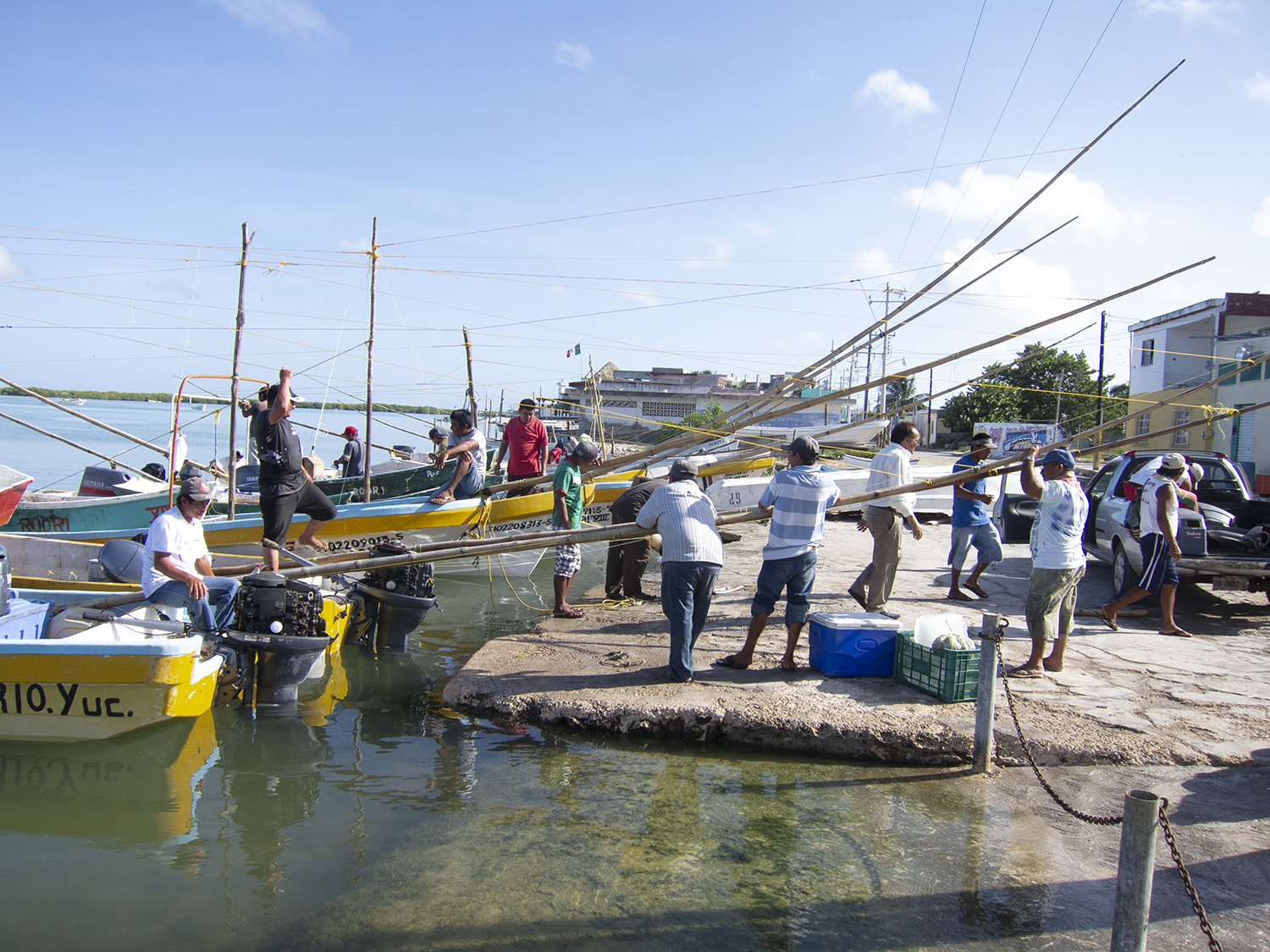Fishers' livelihood measured by more than catch
Scientists throwing shade on the idea that a fisher’s life is Zen, showing the arrangements before and after the fish takes the bait the must be considered to make effective and equitable policy about global fishing.

Fishing for a living can seem so Zen – a time to be in the moment, just the fisher, the boat, the water.
Yet scientists are throwing a bit of shade on that perception, showing all the arrangements before and after the fish takes the bait - including the bait itself, in fact – must be considered to make effective and equitable policy about global fishing.
From the meals the fisher’s family cooks to send along for the trip, to loans and rental agreements for boats and equipment, to access to markets, fishing extends fore and aft of the catching of fish. And ignoring those aspects puts effective and equitable policy at risk.
A more comprehensive look at the wider spectrum of activities, interactions, and relationships that comprise small-scale fishing operations, and what kinds of relationships better serve those who fish for a living in developing countries, is examined in “Governing the Commons Beyond Harvesting: An Empirical Illustration from Fishing” in this week’s journal PLOS ONE.
“Much of the fisheries governance and management research has focused on understanding what happens on the

water – how much people fish, the gear they use, and when and where – and how to constrain those choices with regulations. But decisions about how to fish are shaped by the incentives and relationships that characterize the livelihood activities taking place before and after fishing,” said Abigail Bennett, Michigan State University (MSU) assistant professor of fisheries and wildlife and study co-author. “Much small-scale fishing in the world is collaborative by nature. And who you work together with to obtain a boat, loans and fishing permits constrain what and how you’re able to fish. Opportunities for marketing fish after it’s caught similarly have an influence on fishing.
“We have laid out a framework that brings into focus the interconnections between pre-harvest, harvest and post-harvest interactions. The point is to show that there is much more that is worth governing and making policy about beyond fishing itself.”
That governance can have a huge impact. According to a 2012 study by the World Bank, Food and Agriculture of the United Nations, and WorldFish Center, small-scale fisheries account for about 90 percent of all the fishers in the world and contribute more than half of global catch. Much of that flows from small and often informal organizations.
Bennett notes that their importance can be more difficult to track and quantify because they’re so widely dispersed and often are not formally organized.
The group devised ways to examine fishing operations beyond just measuring catch to understand factors influencing how fishers and other actors organize themselves even before they go out fishing by focusing on operations in two Mexican fishing villages, Rio Lagartos in Yucatan, and Bahia de Kino in Sonora.
In examining the activities affecting a fishing expedition, they focused on two common ways to manage – cooperatives, in which fishers ban together to pool resources, and the patron-client relationship, where fishers work for an individual fish buyer or single fishing business.
From there, they parsed the dynamics of each to figure out what qualities beyond catching a lot of fish made a


fisher a good group member and what implications the two different groups might have for fishers’ livelihoods and fisheries governance more generally.
“The role of trust is really important in creating and maintaining these relationships,” Bennett said. “Fishing relationships revolve around so much more than fishing. It involves the fishers’ whole lives and what they need to survive, and they can be exploited. It’s messy but it’s important to understand. We try to identify at least one signal in the noise to understand what drives the needs and relative stability.”
In addition to Bennett, a member of MSU’s Center for Systems Integration and Sustainability, the paper was written by Xavier Basurto of Duke University and Emilie Lindkvist and Maja Schluter of Stockholm University in Sweden.



 Print
Print Email
Email
